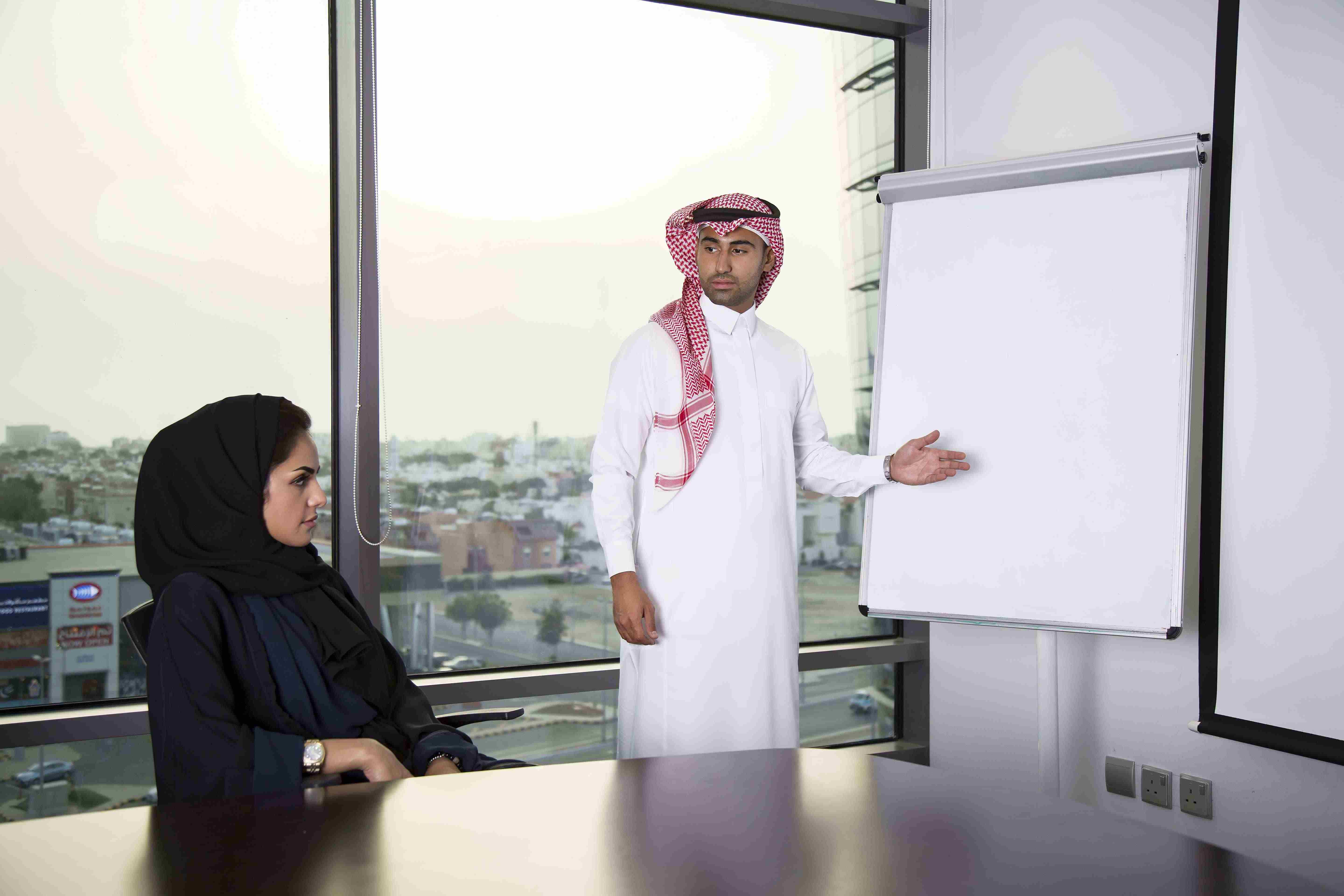In today’s fast-changing business landscape, Leadership Development Programs in Saudi Arabia have emerged as a strategic necessity rather than a luxury. Organizations in the Kingdom face a dual challenge: preparing leaders who can adapt to global disruptions while simultaneously aligning with Saudi Arabia’s Vision 2030 transformation agenda. For decades, companies have relied heavily on traditional training models, focusing on technical skills and compliance. However, the demands of the modern Saudi workforce, influenced by rapid digitalization, privatization, and global competitiveness, call for a deeper, more structured focus on leadership development.
This article provides an in-depth comparison of Leadership Development Programs (LDPs) and traditional training programs in Saudi Arabia. By examining their objectives, methods, outcomes, and alignment with Vision 2030, this article seeks to highlight why leadership development is now considered a more strategic and future-oriented investment. Furthermore, it connects with previous discussions, particularly:
• Article 1: Leadership Development Programs in Saudi Arabia: Building Future-Ready Leaders – which highlighted the foundational role of leadership development in shaping national workforce readiness.
• Article 2: Executive Leadership Development Programs: Strategies for Private Sector Growth in KSA – which emphasized how leadership development directly influences private sector competitiveness and innovation.
Together, these works provide a solid foundation to critically evaluate how leadership development differs from, and often surpasses, traditional training in shaping the future of Saudi organizations.
Understanding Traditional Training Programs in Saudi Arabia
Definition and Scope
Traditional training programs in Saudi organizations often focus on job-specific skills, compliance with regulations, and standardized technical competencies. Their primary objective is to equip employees with immediate, task-oriented skills required to fulfill specific functions.
Examples include:
• Health and safety training
• Software and systems training
• Sales techniques workshops
• Compliance and legal training
Key Features of Traditional Training
1. Short-Term Focus: Designed to deliver immediate improvements in employee performance.
2. Standardized Content: Often developed from generic training materials without significant customization.
3. Instructor-Led: Delivered in classrooms or workshops with limited interaction.
4. Metrics of Success: Measured by attendance rates, completion certificates, or post-training assessments.
Limitations in the Saudi Context
While traditional training remains relevant, its limitations have become increasingly clear in the Saudi market:
• It fails to develop leadership capacity for strategic decision-making.
• It lacks alignment with Vision 2030’s emphasis on innovation, entrepreneurship, and leadership.
• It often produces temporary results without long-term behavioral or cultural change.
Defining Leadership Development Programs in Saudi Arabia
Core Objectives
Unlike traditional training, Leadership Development Programs in Saudi Arabia are strategic initiatives aimed at cultivating leaders who can drive transformation, inspire teams, and align with national development goals. These programs are not limited to technical skills but focus on:
• Strategic thinking
• Emotional intelligence
• Change management
• Innovation and adaptability
• Cross-cultural leadership
Key Features of Leadership Development Programs
1. Long-Term Orientation: Designed to transform mindsets and behaviors over time.
2. Customization: Programs tailored to the organization’s culture, industry, and strategic priorities.
3. Experiential Learning: Simulations, coaching, and mentoring form a significant part of delivery.
4. Outcome-Driven: Success is measured not just in skills gained, but in organizational performance, employee engagement, and innovation metrics.
Alignment with Vision 2030
Saudi Vision 2030 underscores the need for empowered leaders who can transform both the public and private sectors. Leadership Development Programs directly align with this vision by preparing leaders to:
• Navigate digital transformation.
• Lead privatization efforts.
• Inspire a knowledge-based economy.
• Enhance Saudi Arabia’s global competitiveness.
Comparative Analysis: Leadership Development vs. Traditional Training
1. Strategic Relevance
• Traditional Training: Focuses on operational efficiency and compliance.
• Leadership Development Programs: Drive organizational transformation and national strategic goals.
2. Content and Methodology
• Traditional Training: Classroom-based, theoretical, skill-specific.
• LDPs: Experiential, multi-modal (coaching, simulations, mentoring), and context-driven.
3. Time Horizon
• Traditional Training: Short-term, skill application.
• LDPs: Long-term, leadership growth and succession planning.
4. Measurement of Success
• Traditional Training: Test scores, attendance, compliance records.
• LDPs: Behavioral change, leadership readiness, innovation outcomes, organizational growth.
5. Impact on Vision 2030
• Traditional Training: Limited contribution to macroeconomic goals.
• LDPs: Directly support Vision 2030 pillars—thriving economy, ambitious nation, and vibrant society.
Case Study Insights
Case A: Company X (Traditional Training Model)
Company X, a mid-sized Saudi enterprise, heavily invested in compliance and technical training for its workforce. While employees became proficient in systems and safety protocols, the company struggled with strategic decision-making and innovation. Employee surveys revealed low engagement and limited career growth opportunities.
Case B: Company Y (Leadership Development Focus)
Company Y implemented a multi-year Leadership Development Program. Emerging leaders were paired with mentors, engaged in simulations, and received executive coaching. Over three years, Company Y reported:
• 20% increase in employee engagement scores
• Faster innovation cycles
• Improved financial performance linked to visionary leadership
These contrasting outcomes demonstrate how traditional training meets operational needs, but leadership development builds strategic resilience.
Integration with Earlier Discussions
• From Leadership Development Programs in Saudi Arabia: Building Future-Ready Leaders, we reaffirm that developing leaders is essential for future readiness, particularly in sectors like technology, energy, and healthcare.
• From Executive Leadership Development Programs: Strategies for Private Sector Growth in KSA, we see how executive-level leadership development strengthens private sector competitiveness, especially in industries driving Vision 2030.
The current comparison reinforces that while traditional training cannot be dismissed, leadership development must be prioritized to secure Saudi Arabia’s competitive future.
The Future of Leadership Development in Saudi Arabia
Digital Transformation in Leadership Training
The rise of AI, VR, and digital simulations is redefining how Saudi companies design LDPs. Immersive technologies enable leaders to practice decision-making in high-stakes, risk-free environments.
Customization for Saudi Context
Cultural nuances—such as the importance of collective responsibility, ethical leadership, and national pride—must be integrated into program design.
The Role of External Training Companies
As discussed in Key Benefits of Hiring External Training Companies in KSA, many Saudi organizations partner with specialized firms to ensure expertise, scalability, and global best practices in leadership development.
FAQs on Leadership Development vs. Traditional Training in Saudi Arabia
Q1: Are traditional training programs still relevant in Saudi Arabia?
Yes, they remain critical for compliance and technical skillA-building but should be complemented with leadership development for sustainable growth.
Q2: Why do Saudi organizations increasingly prioritize leadership development?
Because Vision 2030 requires leaders who can drive digital transformation, manage global partnerships, and inspire innovation.
Q3: How do Leadership Development Programs impact employee engagement?
They provide career growth opportunities, foster a culture of innovation, and improve employee morale—leading to higher retention rates.
Q4: Can small and mid-sized Saudi companies afford leadership development programs?
Yes, many programs can be scaled to fit organizational size and budget, especially when facilitated by external training partners.
Q5: What is the biggest difference between leadership development and traditional training?
Traditional training addresses immediate skills, while leadership development builds long-term strategic capacity for organizational and national transformation.
The comparison between Leadership Development Programs vs. Traditional Training in Saudi Arabia highlights a clear distinction: while traditional training serves immediate functional needs, leadership development equips leaders with the skills, mindset, and vision required to build sustainable success in alignment with Vision 2030.
Saudi organizations must adopt a dual approach—maintaining traditional training for operational needs, while making leadership development the cornerstone of strategic growth. By doing so, they not only future-proof their organizations but also contribute meaningfully to the Kingdom’s transformation agenda.










